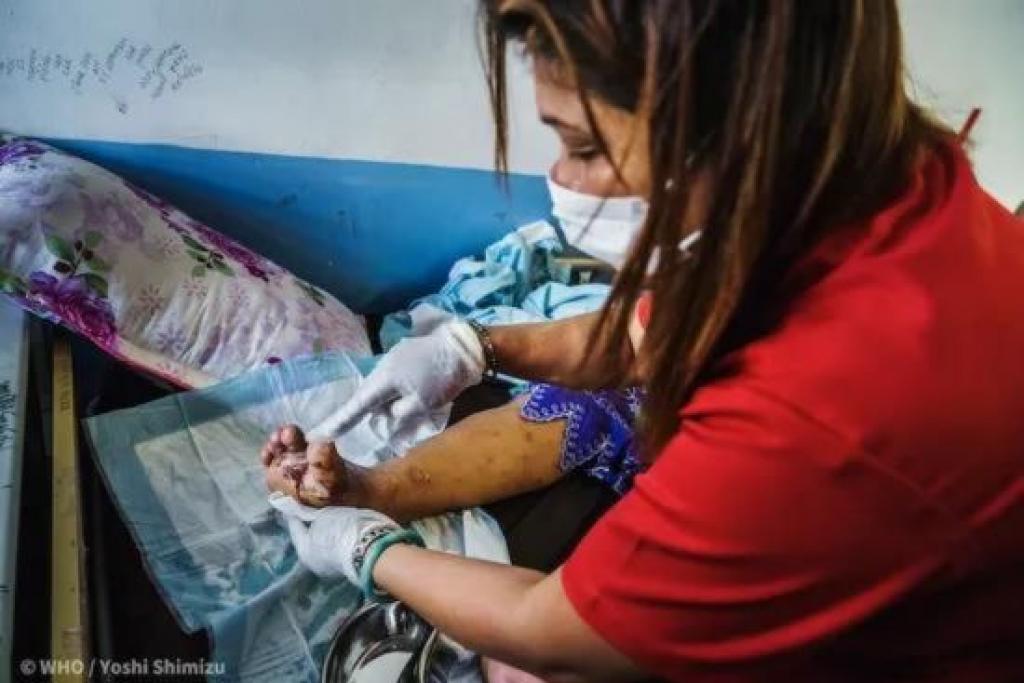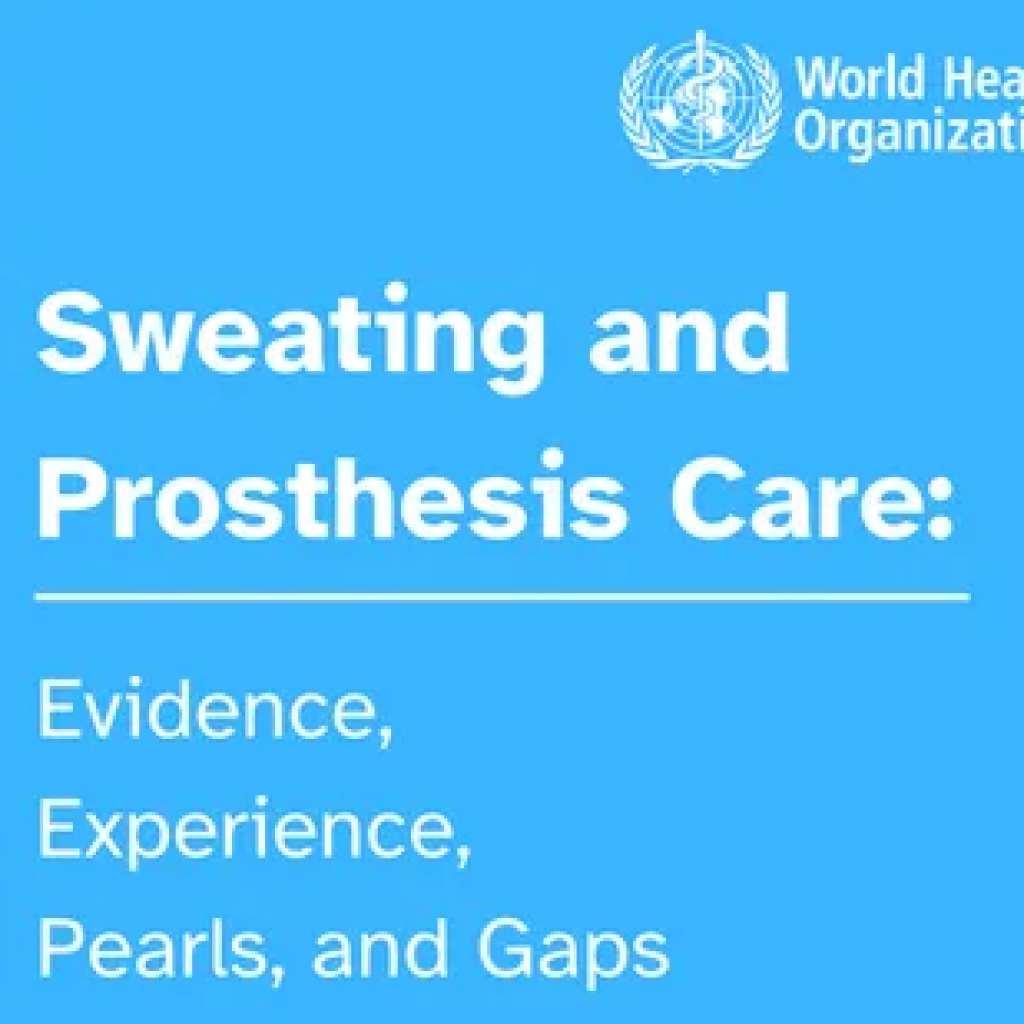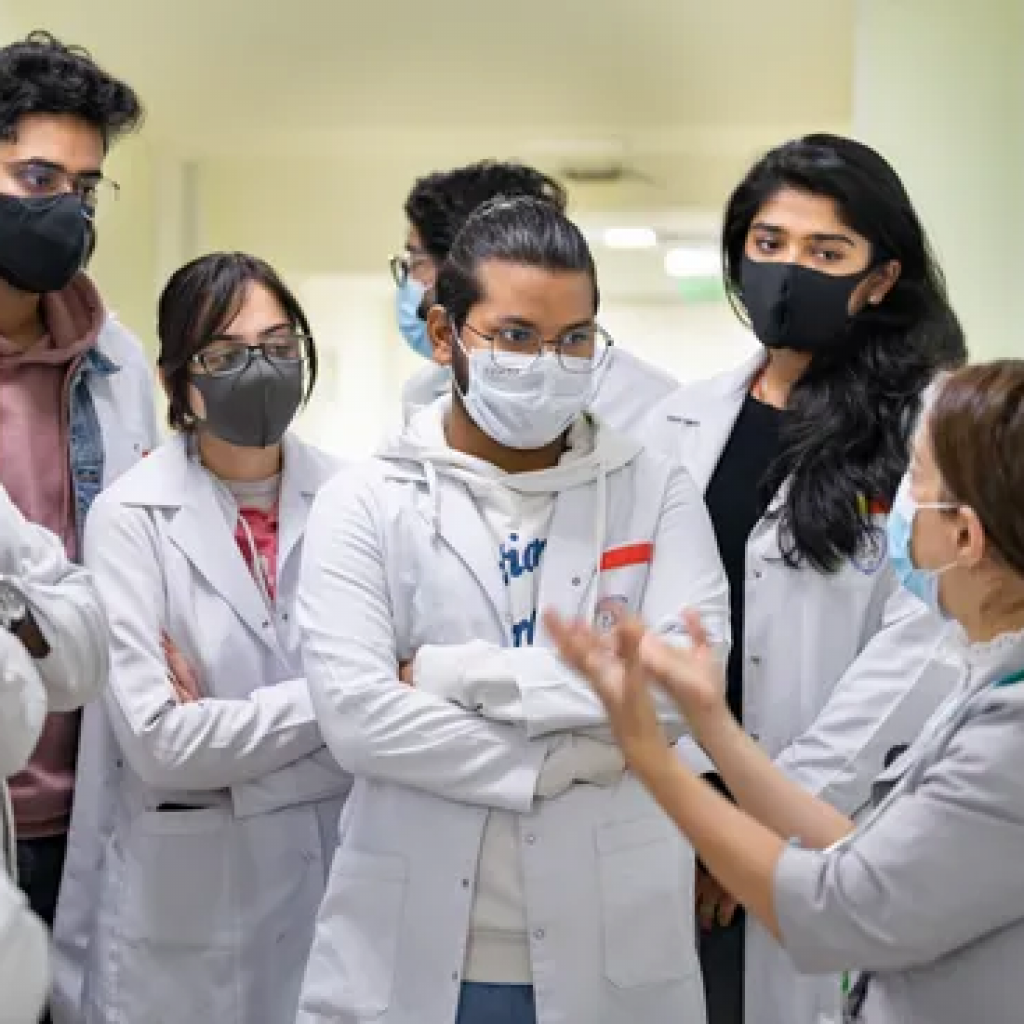Wound management in resource-limited settings: Training for national and district-level health workers

Course details
About this course
Chronic wounds represent a widely neglected problem. Many skin NTDs either present with or can develop into wounds/ulcers. In addition, many common skin conditions, such as diabetic foot and venous ulcers require wound care, providing many opportunities for synergy of resources.
Although the epidemiology and high economic burden of chronic wounds is well documented in countries of the Global North, they are poorly studied elsewhere in the world, and their true socioeconomic impact is unknown. Many patients with wounds can be diagnosed and managed at the peripheral health level. Effective treatment, support and information about self-care are needed to appropriately care for affected patients and their families. The aim of the course is to increase familiarity and skills of front-line health workers to manage chronic wounds of various causes in resource-limited settings and to raise awareness of when to refer patients onwards.
At the end of the course, you should be able to
- Name the most common causes of wounds globally
- Describe the epidemiology of the common causes of wounds
- Assess the clinical presentation and diagnosis of wounds
- Explain the therapeutic management plan for patients with wounds
- Identify the socioeconomic and psychological impact of wounds


